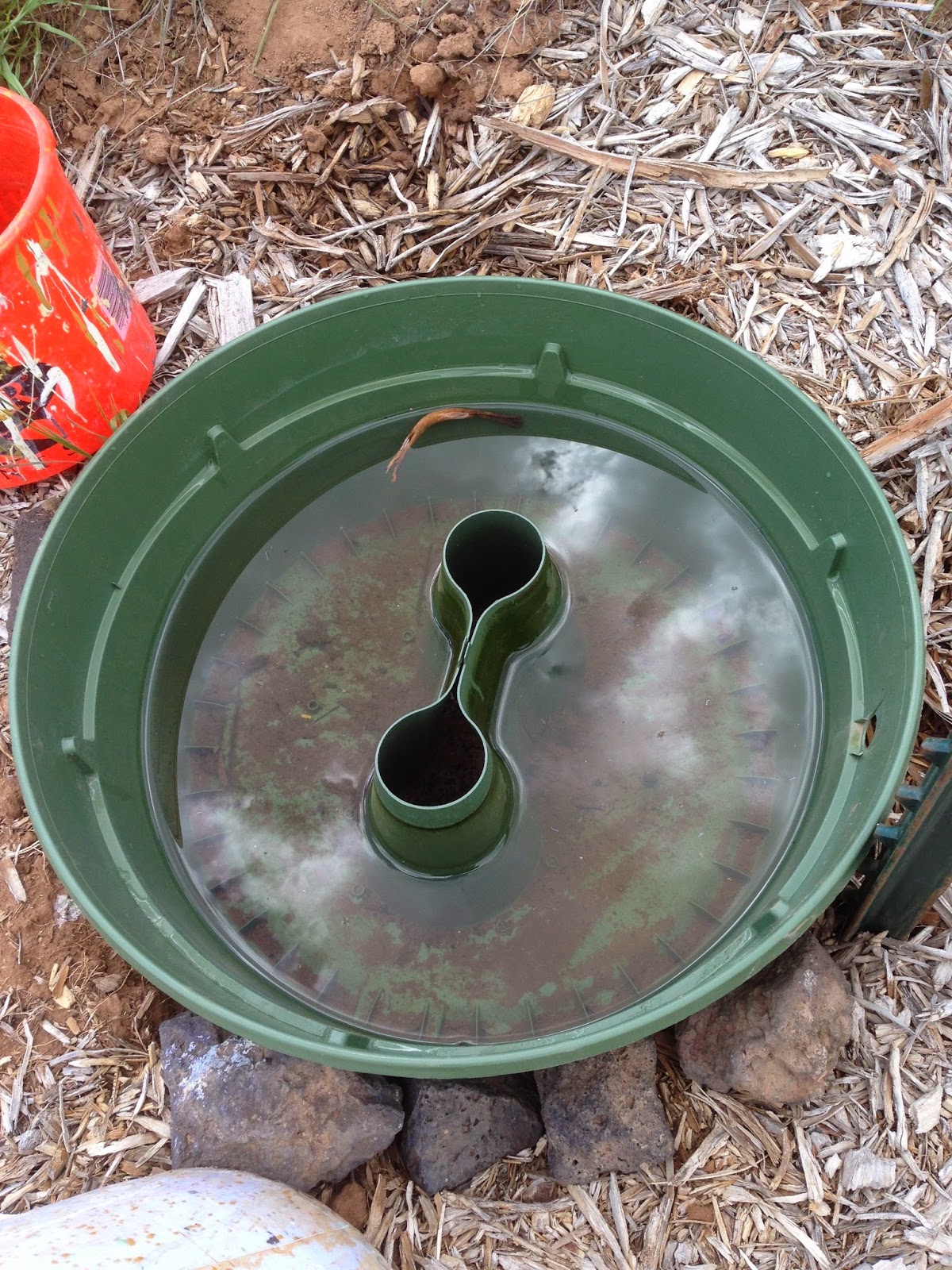May 29, 2014 I went on a field trip to Coal Creek.
We have hundreds (if not thousands) of old mines here and this may well be a solution for returning those scarred slopes back to what they once were- alpine meadow and grassland.
Photo Brian McMullen
Soil Scientist- White River National Forest
No, you probably haven't heard of it but I hope a lot more people will hear about it and we can start this process throughout the Western US.
Here's an overview of the Coal Basin Project
…. or as Scott Snelson calls it "the biochar grazing nexus" . Scott was District Ranger of the White River National Forest at the start of this project.
Youtube is being uncooperative this morning- so you'll need to click. If you want to read the Aspen Times article on Scott without feeding the marketing machine then go to the link on a tablet or a smart phone. aspentimes.com/article
The group yesterday was impressive. We had representatives from Pitkin County, the Town of Carbondale, The National Forest, the Roaring Fork Conservancy, Roaring Fork Water Shed Plan and The Crystal River Cattlemen's Association to name a few. Soil Scientists and Geologists who have been monitoring the project were also there. The short version- this represented a lot of cooperation between Federal Government, County Governments (both Pitkin and Garfield), City Government, Private enterprise and non-profit Organizations. Cooperation and collaboration between agencies and individuals for mutual benefit - what a concept. That may well be the most heartening part of this story.
We met at the Coke Ovens at Redstone.
and we carpooled up the Coal Creek Basin.
Here's Wayne Ives of the White River National Forest giving us an overview at our first stop.
This was an area which was covered in mining "slag"
Photo Brian McMullen
Soil Scientist- White River National Forest
much like the Hope Mine on Castle Creek.
Unlike the Hope Mine this area had traditional grazing on it until about 30 years ago.
So what did the "Coal Basin Restoration Project" do? They used Cattle, Compost, Cattle Stomp and Biochar to restore something which used to look like this:
into something which looks like this
What you're looking at is an acre which has 2 different treatments. Both involve cattle and both involve "seed stomping" one has biochar the other does not.
Here's the process.
noxious weed control.
photo from the Roaring Fork Conservancy pdf
a 17th century cure for baldness, dog attacks and hemorrhoids but still a noxious weed.
(Weeds of the West- excellent book)
Then they spread 3" of compost and then covered it with hay, "White River National Forest seed mix" and straw.
Photo Brian McMullen
Soil Scientist- White River National Forest
On half the compost had an additional 5% biochar other than that the process was the same.
Then came the cattle.
Photo Brian McMullen
Soil Scientist- White River National Forest
The cattle "stomped" the White River National Forest seed mix in, ate the hay and left the straw for cover (aka "litter). The cattle also left behind fertilizer and hoof prints (I'll get back to that later)
Take a closer look….
You see the distinct change in color in the soil?
That's the biochar.
That's moisture retention.
That's gold.
Compost, Hay, Straw, Seeds and Cattle *without* biochar.
Compost, Hay, Straw, Seeds and Cattle *with* biochar.
Each hoof print creates a microclimate which provides shade and a place for water to pool.
Here's the microclimate without biochar.
Here's the microclimate with biochar.
Photo Brian McMullen
Soil Scientist- White River National Forest
Got it?
Okay…. up the road a bit… and this time take the cattle out of the process...
Start with what's left over from an avalanche on the road (shale washed down from the cliffs above)
..bring in the machines
photo from the White River National Forest and Roaring Fork Conservancy pdf
to give you some furrows to impede erosion and give the water someplace to settle…
3" of compost with no biochar
3" of compost with 5% biochar
Photo Brian McMullen
Soil Scientist- White River National Forest
in case you were wondering...
what 1" of compost with biochar will do…
what 3" of compost and biochar will do
There are a lot of elements to this experiment.
There are plots growing native grasses and forbs under controlled conditions.
Photo Brian McMullen
Soil Scientist- White River National Forest
(These "bioislands" were planted by Garfield County prison inmates.)
There are sediment monitors on the creek
(There is a lot of sediment in that water- I mean a lot…)
photo from the Roaring Fork Conservancy pdf
and soil moisture monitors in the ground.
The tubes go into the ground for control, non-biochar and biochar compost sections.
Soil moisture monitor at 2", 8" and 20" of depth.
Here's the data- the process doubles the moisture content
(or more- I'll give you exact figures as soon as I get them).
It's our choice, slag and erosion or
Grass.
Here's more information on the Cattle Stomp and using the Savory Method to reverse desertification in the links; and here's info on Biochar from Morgan Williams at the 2012 ACES talk (youtube- get your act together please….) click here for the video.
Thanks to Mark Lacy for letting me use these reports from the White River National Forest and The Roaring Fork Conservancy:
Thanks to Brian McMullen for letting me use images from his PowerPoint presentation.











































